1. Grand Canyon National Park, Arizona
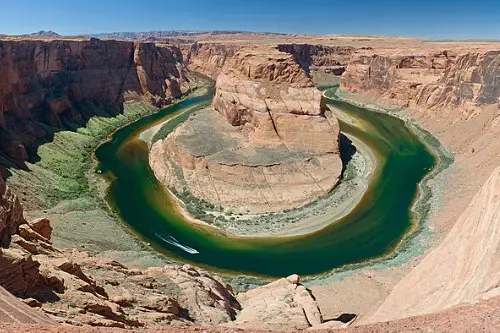
The Grand Canyon’s breathtaking beauty can be deceiving. While it’s a bucket-list destination, the park sees about 12 deaths annually, often due to falls, dehydration, or heat exhaustion. Temperatures can soar above 100°F in the summer, and those scenic overlooks often lack safety barriers. Hiking the canyon is no easy feat—it’s far steeper and harder to climb than many visitors realize. Plan accordingly: bring plenty of water, stick to marked trails, and respect your limits.
2. Yosemite National Park, California
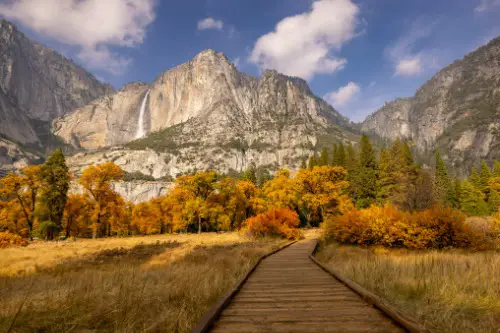
Yosemite draws millions with its towering granite cliffs and waterfalls, but it’s also a hotspot for accidents. Slippery rocks around waterfalls and steep drop-offs have led to fatal falls. The park’s Half Dome hike alone has claimed lives due to missteps and lightning strikes. Flash floods and unpredictable weather add to the danger. If you visit, take caution near water and be aware that nature’s beauty can quickly turn perilous.
3. Death Valley, California/Nevada

The name says it all. Death Valley is the hottest place on Earth, with summer temperatures regularly exceeding 120°F. Tourists often underestimate how quickly dehydration and heatstroke can set in, especially on long hikes or drives with minimal water. Cars break down, and phone service is spotty, leaving visitors stranded. If you plan to visit, go during cooler months and let someone know your itinerary before venturing out.
4. Mount Rainier National Park, Washington
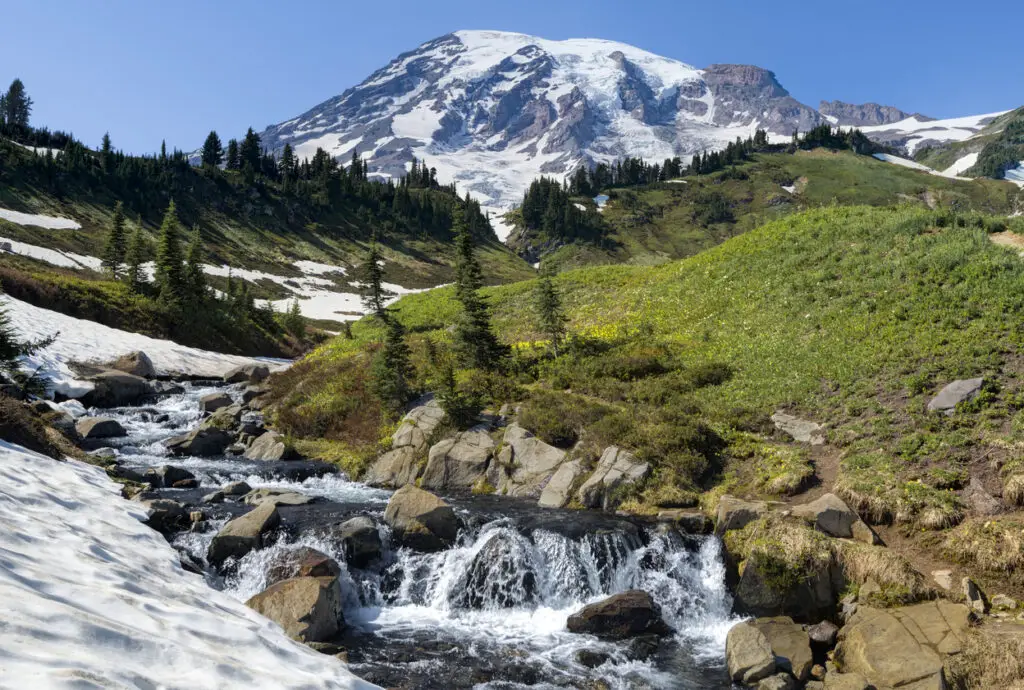
Mount Rainier is stunning but treacherous, particularly for climbers and hikers. The weather is highly unpredictable, with sudden storms, snow, and freezing conditions year-round. Crevasses, avalanches, and sheer cliffs make this a risky destination for inexperienced adventurers. The mountain claims an average of 2-3 lives annually, often due to exposure or falls. If you’re tackling Mount Rainier, make safety your top priority and consider hiring a guide.
5. New Orleans, Louisiana
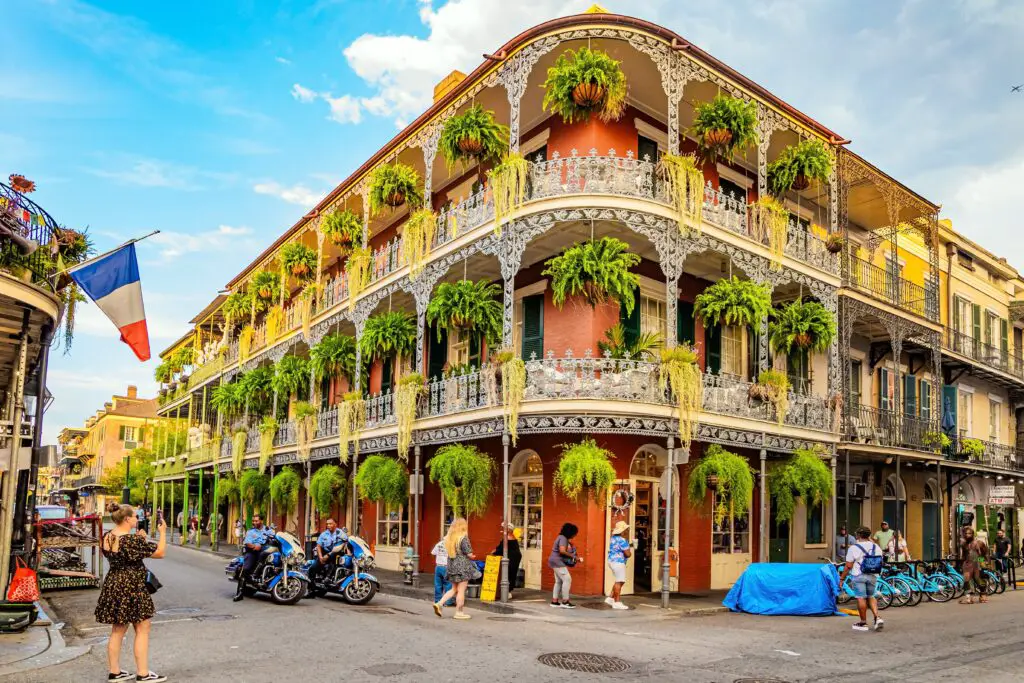
New Orleans is famous for its vibrant culture, but it also has one of the highest crime rates in the U.S. While the French Quarter and Bourbon Street are tourist hubs, pickpocketing, scams, and muggings can happen, especially at night. Beyond petty crime, violent crime rates remain concerning in some neighborhoods. Visitors should stick to well-lit, busy areas and stay alert when enjoying the city’s nightlife.
6. Denali National Park, Alaska
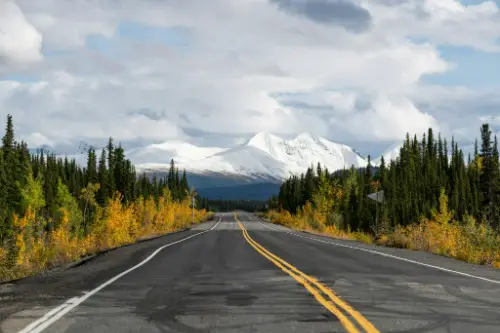
Denali is a wild and rugged paradise, but it’s not for the faint of heart. Alaska’s extreme weather and unpredictable terrain pose serious challenges, especially for climbers attempting North America’s tallest peak. Hypothermia, avalanches, and frostbite are real threats. For general visitors, animal encounters—think grizzlies and moose—can quickly escalate if you don’t keep a safe distance. Always be prepared, carry survival gear, and respect nature’s power.
7. Lake Mead National Recreation Area, Nevada/Arizona

Lake Mead might seem like a refreshing oasis, but it’s surprisingly dangerous. Boating accidents, drownings, and heat-related illnesses are common. The reservoir’s steep underwater drop-offs and currents catch many swimmers off guard. Plus, the intense desert heat can easily lead to heatstroke for visitors who aren’t careful. If you’re headed to Lake Mead, wear life jackets, stay hydrated, and avoid alcohol while swimming or boating.
8. Niagara Falls, New York

Niagara Falls is a spectacular sight, but its power is unmatched—and unforgiving. Tourists have been injured or killed by slipping over railings or underestimating the force of the rapids. Boat tours like the Maid of the Mist provide up-close views but can be overwhelming for those unprepared for the choppy water. Stick to designated viewing areas, and don’t attempt to get closer than intended—the falls are awe-inspiring enough from a safe distance.
9. Honolulu, Hawaii

Honolulu’s beauty can lull tourists into a false sense of security. The ocean’s strong rip currents and rogue waves pose serious risks for swimmers and surfers. Inexperienced beachgoers often find themselves swept out to sea. Beyond the beaches, hikes like the Diamond Head Trail can turn dangerous in the hot sun without proper hydration. Respect the water’s power and stay cautious when enjoying Honolulu’s natural wonders.
10. Pikes Peak, Colorado

Pikes Peak offers sweeping mountain views, but its high altitude makes it deceptively dangerous. At over 14,000 feet, visitors can quickly develop altitude sickness, leading to headaches, nausea, and shortness of breath. The drive up the peak’s winding roads is stunning but requires careful navigation to avoid accidents. Weather changes in an instant at high elevations, so be prepared for cold, wind, and snow even in summer.
11. Yellowstone National Park, Wyoming/Montana/Idaho
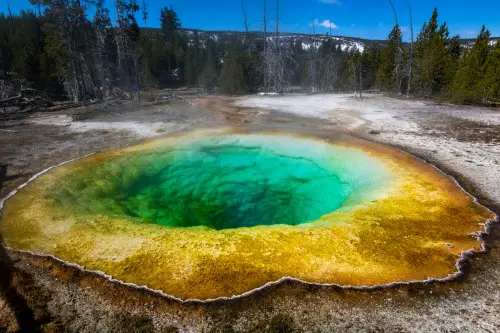
Yellowstone’s geothermal features are mesmerizing but deadly if you don’t follow the rules. Visitors have suffered severe burns or worse after venturing off marked paths near boiling hot springs and geysers. Wildlife, particularly bison and grizzly bears, pose additional threats if you get too close. Despite safety warnings, many underestimate the risks of interacting with nature. Always stay on marked trails and observe animals from a safe distance.
12. Atlantic City, New Jersey
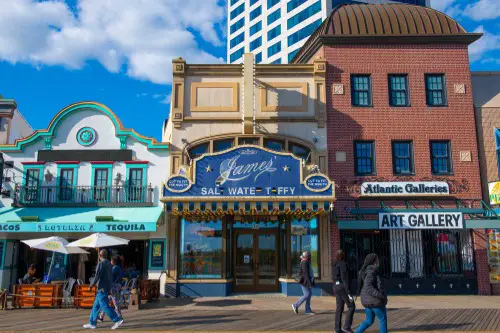
Atlantic City offers casinos, boardwalks, and beaches, but safety concerns make it a risky spot for tourists. The city struggles with high crime rates, particularly theft and violent crime in certain areas. While the main boardwalk is generally safe during the day, venturing a few blocks away can put visitors at risk. Stay in populated areas, avoid poorly lit streets at night, and remain aware of your surroundings.


